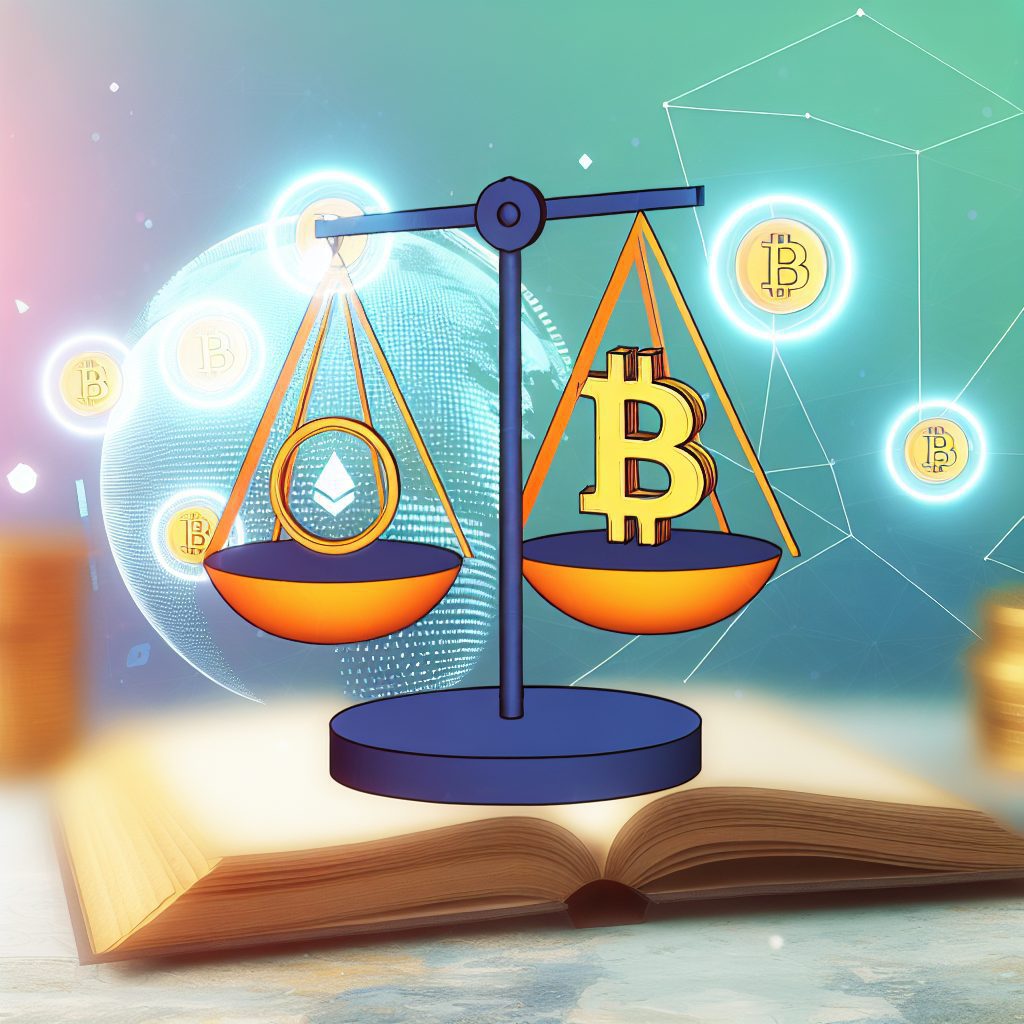Understanding Crypto Tokenomics
In the rapidly evolving world of cryptocurrency, tokenomics plays a crucial role in determining the success and sustainability of digital assets. Tokenomics, a blend of “token” and “economics,” encompasses the economic model behind a cryptocurrency or token, including its supply, distribution, and incentives. This article delves into the intricacies of crypto tokenomics, exploring its components, significance, and real-world applications.
What is Tokenomics?
Tokenomics refers to the study of the economic principles that govern the creation, distribution, and management of tokens within a blockchain ecosystem. It encompasses various factors, including:
- Token Supply: The total number of tokens that will ever exist.
- Token Distribution: How tokens are allocated among stakeholders, including developers, investors, and the community.
- Utility: The purpose of the token within its ecosystem, such as governance, access to services, or as a medium of exchange.
- Incentives: Mechanisms that encourage users to hold, trade, or use the token.
Understanding these components is essential for investors and users alike, as they can significantly impact a token’s value and usability.
The Components of Tokenomics
1. Token Supply
The total supply of a token is a fundamental aspect of its tokenomics. It can be categorized into three types:
- Fixed Supply: Tokens that have a predetermined maximum supply, such as Bitcoin, which has a cap of 21 million coins.
- Inflationary Supply: Tokens that can be created indefinitely, often to incentivize network participation, like Ethereum.
- Deflationary Supply: Tokens that decrease in supply over time, often through mechanisms like token burns.
The supply model affects scarcity and, consequently, the token’s value. For instance, Bitcoin’s fixed supply contributes to its perception as “digital gold.”
2. Token Distribution
Token distribution refers to how tokens are allocated among various stakeholders. A well-structured distribution model can enhance community trust and engagement. Common distribution methods include:

- Initial Coin Offerings (ICOs): A fundraising method where tokens are sold to early investors.
- Airdrops: Free distribution of tokens to existing holders or potential users to promote a project.
- Mining: The process of validating transactions and creating new tokens, as seen in Bitcoin and Ethereum.
For example, the Aave project utilized airdrops to distribute its governance tokens, fostering community involvement.
3. Utility of Tokens
The utility of a token defines its purpose within the ecosystem. Tokens can serve various functions, including:
- Utility Tokens: Used to access a product or service, like Binance Coin (BNB) for trading fee discounts.
- Security Tokens: Represent ownership in an asset, often subject to regulatory scrutiny.
- Governance Tokens: Allow holders to participate in decision-making processes, such as voting on protocol upgrades.
For instance, Uniswap employs governance tokens (UNI) to enable users to vote on protocol changes, enhancing community engagement.
4. Incentives
Incentives are crucial for driving user behavior within a token ecosystem. They can take various forms, such as:
- Staking Rewards: Users earn rewards for locking up their tokens to support network operations.
- Liquidity Mining: Users provide liquidity to decentralized exchanges in exchange for tokens.
- Referral Programs: Users earn tokens for referring new participants to the platform.
For example, Yearn.finance incentivizes users to provide liquidity through yield farming, allowing them to earn additional tokens.
The Importance of Tokenomics in Cryptocurrency
Tokenomics is not just a theoretical concept; it has practical implications for the success of a cryptocurrency project. Here are some reasons why understanding tokenomics is vital:
- Investment Decisions: Investors can make informed decisions by analyzing a token’s supply, distribution, and utility.
- Market Dynamics: Tokenomics influences market behavior, including price volatility and trading volume.
- Community Engagement: A well-designed tokenomics model fosters community trust and participation.
For instance, the success of projects like Chainlink can be attributed to its robust tokenomics, which incentivizes data providers and users alike.
Real-World Applications of Tokenomics
Tokenomics is not limited to theoretical frameworks; it has real-world applications across various industries. Here are some notable examples:
1. Decentralized Finance (DeFi)
The DeFi sector has witnessed explosive growth, largely driven by innovative tokenomics models. Projects like Aave and Curve Finance utilize unique tokenomics to incentivize liquidity provision and governance participation. Aave’s governance token (AAVE) allows users to vote on protocol changes, while Curve’s liquidity pools reward users with CRV tokens for providing liquidity.
2. Non-Fungible Tokens (NFTs)
NFTs have revolutionized the art and entertainment industries, with tokenomics playing a pivotal role. Projects like OpenSea leverage tokenomics to facilitate the buying, selling, and trading of digital assets. The utility of NFTs as unique digital collectibles is enhanced by their underlying tokenomics, which can include royalties for creators on secondary sales.
3. Gaming
The gaming industry is increasingly adopting blockchain technology, with tokenomics driving player engagement. Games like Axie Infinity utilize play-to-earn models, where players earn tokens by participating in gameplay. This incentivizes players to invest time and resources into the game, creating a thriving ecosystem.
Challenges in Tokenomics
While tokenomics offers numerous benefits, it also presents challenges that projects must navigate:
- Regulatory Scrutiny: Many tokens face regulatory challenges, particularly security tokens that may be classified as securities.
- Market Volatility: Token prices can be highly volatile, influenced by market sentiment and external factors.
- Token Utility: If a token lacks clear utility, it may struggle to gain traction and maintain value.
Projects must address these challenges to create sustainable tokenomics that foster long-term growth and community trust.
FAQs about Tokenomics
What is the difference between a utility token and a security token?
A utility token provides access to a product or service within a blockchain ecosystem, while a security token represents ownership in an asset and is subject to regulatory oversight.
How can I evaluate a cryptocurrency’s tokenomics?
To evaluate a cryptocurrency’s tokenomics, consider its total supply, distribution model, utility, and incentives. Analyzing these factors can help you make informed investment decisions.
Why is tokenomics important for investors?
Tokenomics provides insights into a cryptocurrency’s potential value and sustainability. Understanding the economic model can help investors assess risks and opportunities.
Conclusion
In summary, understanding crypto tokenomics is essential for anyone involved in the cryptocurrency space. By analyzing the components of tokenomics—supply, distribution, utility, and incentives—investors and users can make informed decisions that align with their goals. As the cryptocurrency landscape continues to evolve, staying informed about tokenomics will be crucial for navigating this dynamic market.
For the latest news and price tracking in the crypto world, consider visiting Bitrabo. Follow me on social media for more insights: X, Instagram, and Threads.
Disclaimer: This article is for informational purposes only and should not be considered financial advice. Always conduct your own research before investing in cryptocurrencies.
The Crypto Watchlist of the Week 🔎
Subscribe to receive expert-curated projects with real potential—plus trends, risks, and insights that matter. Get handpicked crypto projects, deep analysis & market updates delivered to you.


